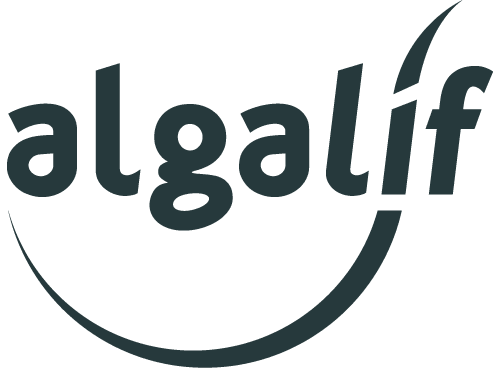Date: Wednesday, May 3, 2017 | Time: 1pm – 2pm EDT (10am-11am PDT)
Antioxidants first came to the public’s attention in the 1990s, when researchers began to understand how free radical damage contributes to health problems. Fueled by new scientific findings and high consumer awareness, the antioxidant category rapidly developed and has remained strong and vibrant ever since – proof that ‘antioxidant’ is more than just a buzzword.
Antioxidants come in a range of forms – vitamins C and E, manganese, selenium, astaxanthin, beta-carotene, lycopene, lutein, zeaxanthin, etc. Each with different effects on the body, recommended dosages and formulation considerations. With so many antioxidants available on the market, how do you pick the right one for your nutraceutical formulation?
Astaxanthin (pronounced “asta-ZAN-thin”) stands out as a valuable natural antioxidant for nutraceuticals due to its superb nutritional advantage. 6,000 times more powerful than vitamin C, and with the ability to cross the blood-brain and the blood-retinal barriers, astaxanthin is one of the most powerful antioxidants known. Its numerous health benefits are supported by extensive scientific research, including many clinical trials.
In this webinar, you will:
- Gain insight into how antioxidants support health and well-being
- Understand what makes astaxanthin a superior antioxidant
- Learn how to select the best astaxanthin for your nutraceutical formulation
Save your seat today!
If you can’t attend the live event, register now to receive the recording of the webinar by email.
Detailed Program
1. Why are antioxidants so important?
Modern life takes a toll on our body’s antioxidant defense system. Pollution, pesticides, stress, alcohol, unhealthy diet, lack of exercise, etc. — all contribute to the production of free radicals. Left uncontrolled, these unstable molecules can damage our cells and tissues, leading to many health problems. Antioxidants are our first line of defense against these harmful molecules. Acting as natural scavengers, they stabilize free radicals and help to keep their damage to a minimum. Gain insight into how antioxidants support health and well-being:
- What are free radicals and how do they cause oxidative stress?
- What are antioxidants and how do they work?
- Why antioxidant supplementation is important?
- What makes some antioxidants more effective than others?
2. What makes astaxanthin a superior antioxidant?
Astaxanthin is a naturally-occurring carotenoid produced by the microalgae Haematococcus pluvialis as a defense mechanism against harsh environmental conditions. For humans, astaxanthin is one of the most powerful natural antioxidants known, with applications in brain health, eye health, healthy aging, cardiovascular health, muscle endurance/recovery, and skin health. Gain insight into what makes astaxanthin an antioxidant powerhouse:
- What is astaxanthin?
- Why is astaxanthin superior to other antioxidants?
- What are the health benefits of astaxanthin?
- Is it difficult to formulate with astaxanthin?
3. How do you select the best astaxanthin for your nutraceutical formulation?
There are many factors to consider when choosing the right astaxanthin for your nutraceutical formulations — such as manufacturing source, contamination control, sustainability and quality certifications. Learn how to recognize a superior astaxanthin product:
- How does the manufacturing source affect the product?
- How does astaxanthin production affect the environment?
- What contaminants should I be focusing on?
- What are the possible contamination sources?
Featured Speakers

Tryggvi has a Ph.D. in Microbiology and Genetics from ETH Zurich in Switzerland. He has a strong research-oriented background and has held academic positions across Europe as a visiting and postdoctoral researcher. Tryggvi has published numerous peer-reviewed scientific papers, served on editorial boards, and collaborated on international grant applications consortiums. At Algalif, Tryggvi heads up the R&D and Scale-up Department, a team of dedicated algae cultivation experts, focusing on the production of astaxanthin. The department oversees the continuous optimization of cultivation parameters, contamination control programs, and the company’s R&D ventures. tryggvi@algalif.com
Haraldur Gardarsson, Ph.D., Quality Control Manager
Haraldur has a Ph.D. in Chemistry from ETH Zurich in Switzerland. He has published numerous peer-reviewed scientific papers and held academic positions throughout his career – most recently, as an Adjunct Lecturer at the University of Iceland. As Quality Control Manager at Algalif, Haraldur oversees the day-to-day functions of the analytical, microbiology, and in-process control laboratories. Key responsibilities include, but are not limited to, supervision of skilled laboratory personnel to inspect and approve raw materials used, full analytical breakdown of products, and issuing certificates of analysis for products manufactured on-site. halli@algalif.com




Recent Comments